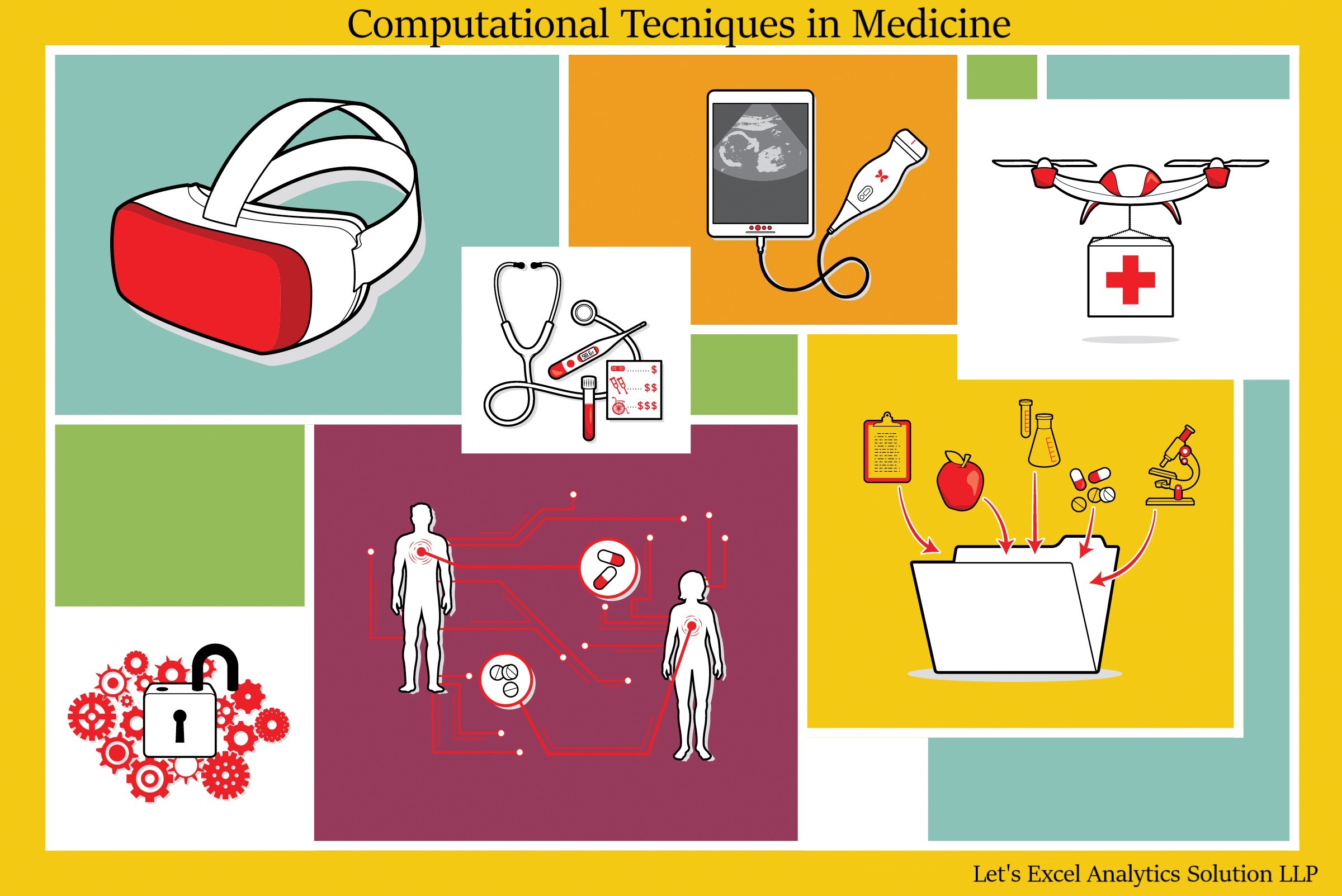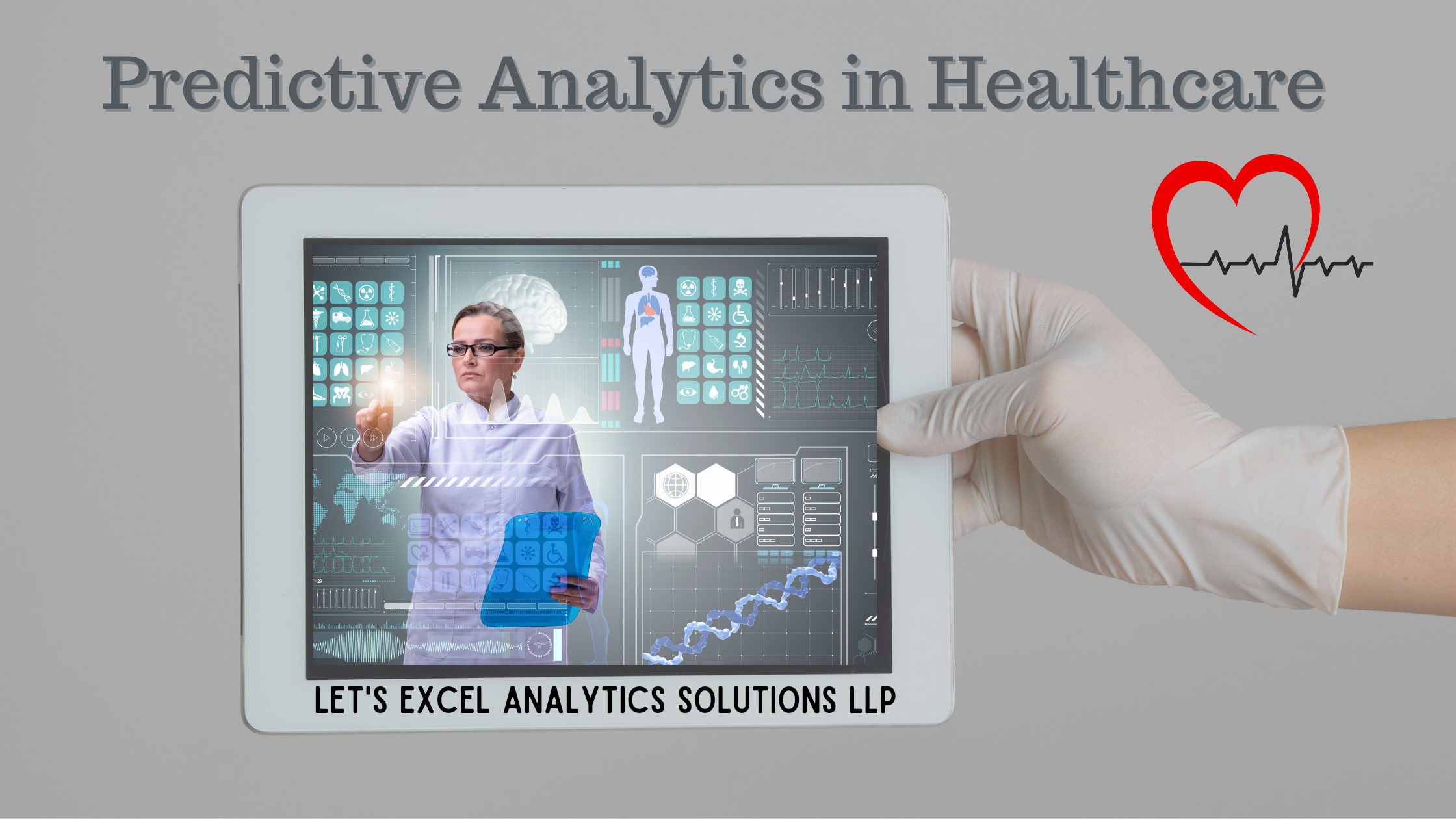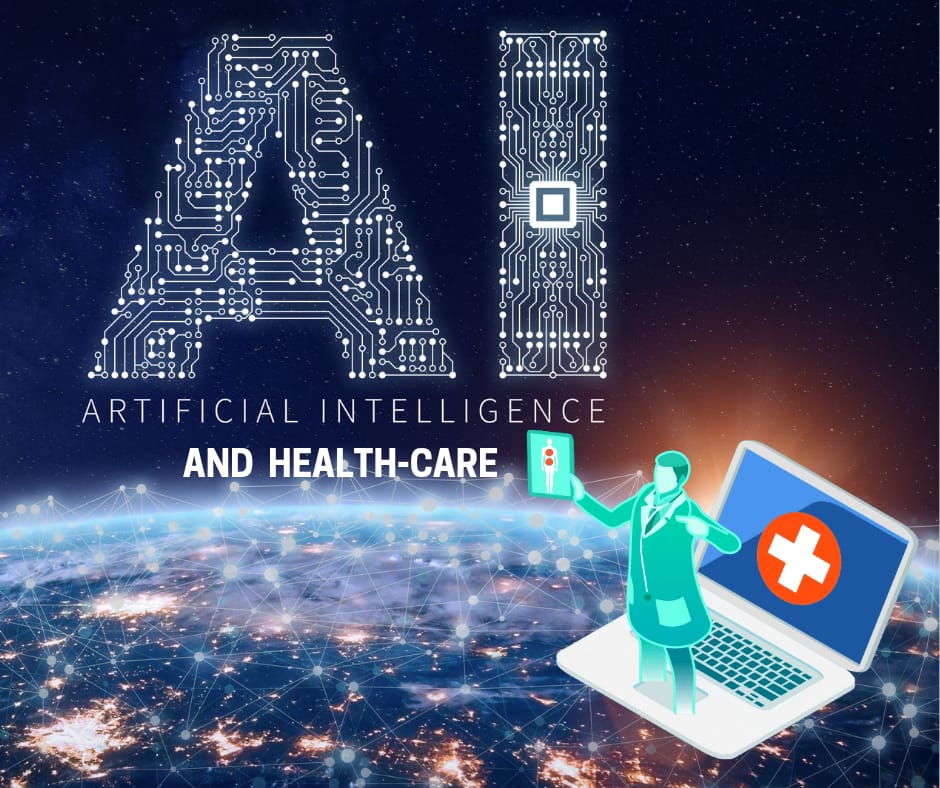What are Computational Techniques?
Computational Techniques are quick, easy, reliable, and efficient methods for solving mathematical, scientific, engineering, geometrical, geographical, and statistical problems. These techniques invariably utilize computers, and hence the name. They are specifically, steps or algorithm-based execution for achieving a solution to the problems. In other words, computational Techniques deliver solutions using mathematical models and Computational Tools.
Suitability of Computational Techniques in Medicine
Computational intelligence tools and techniques can add great value to the Medical and Biomedical industry. In a sense, computational intelligence could be considered a complementary toolbox to standard Operational Research (OR) methods and techniques for optimization, problem-solving, and decision-making.
As a result, the computational have become the method of choice for problems and areas having specific characteristics, as mentioned below:
- High degree of complexity,
- Linguistic representation of concepts or decision variables,
- High degree of uncertainty, Lack of precise or complete data sets, etc.
Applications:
The following paragraphs discuss applications computational techniques in Medical and Biomedical industry.
Computational Medicine
Computational Medicine aims to advance healthcare by developing computational models of disease, personalizing these models. This Personalization is achieved using data from patients, and applying these models to improve the diagnosis and treatment of disease. The personalized patient models can discover:
- Novel risk biomarkers,
- Predict disease progression,
- Designs optimal treatment,
- Identify new drug targets for treating cancer, cardiovascular disease, and neurological disorders.
Computational Techniques in Drug Discovery
Computer-Aided Drug Design (CADD) Technique significantly decreases the number of compounds necessary to screen. Interestingly CADD achieves this while retaining the same level of lead compound discovery. Many compounds that are predicted to be inactive can be skipped, and those predicted to be active can be prioritized. Thereby reducing the cost and workload of a full high-throughput screening (HTS) without compromising lead discovery. Additionally, traditional HTS assays often require extensive development and validation before they can be used. CADD requires significantly less preparation time. Hence the experimenters can perform CADD studies while thetraditional HTS assay is being prepared.
Finally, the fact that both of these tools can be used in parallel provides an additional benefit for CADD in a drug discovery project. It is capable of increasing the hit rate of novel drug compounds because it uses a much more targeted search than traditional HTS and combinatorial chemistry. It not only aims to explain the molecular basis of therapeutic activity but also to predict possible derivatives that would improve activity.
Nuclear Medicine and Radiotherapy
Modeling and simulation in radiation-related practices are becoming more and more popular. As a result, various algorithms, codes, and software have been developed for the same. For example, researchers are using the Monte Carlo method, role model the interaction of photons, electrons, positrons, and neutrons with the environment. Interestingly the approach provides most accurate representation of dose distributions in the patient and phantom calculations.
Furthermore, the techniques are extend their applications in nuclear medicine.
Therapeutic Decision-Making
The current paradigm for surgery planning for the treatment of cardiovascular disease relies exclusively on diagnostic imaging data. Firstly, the data defines the present state of the patient. Secondly, the Empirical data can be helpful to evaluate the efficacy of prior treatments for similar patients and to judge a preferred treatment. Owing to the individual variability and inherent complexity of human biological systems imaging and empirical data alone are insufficient to predict the outcome of a given treatment for an individual patient. As a result, the physician utilizes computational tools to construct and evaluate a combined anatomic/physiologic model to predict the outcome of alternative treatment plans for an individual patient.
The predictive medicine paradigm is implemented in a software system developed for Simulation-Based Medical Planning. This system provides an integrated set of tools to test hypotheses regarding the effect of alternate treatment plans on blood flow in the cardiovascular system of an individual patient. It combines an internet-based user interface developed using Java and VRML, image segmentation, geometric solid modeling, automatic finite element mesh generation, computational fluid dynamics, and scientific visualization techniques. And thus devise a proper plan for the treatment of the patient.
Prediction, Prevention, Diagnosis, and Treatment of Neurodegenerative Diseases
Neurodegenerative disorders, such as Alzheimer’s disease (AD), Parkinson’s disease (PD), and Amyotrophic lateral sclerosis (ALS), are formidable clinical illnesses whose diagnosis, treatment, and prognosis are complex. As a result, no effective treatment for AD has been found so far. With the assistance of biomarkers identified by computational methods, neurologists can diagnose the disease at its early stage.
Similarly, based on next-generation sequencing (NGS) technologies, the risk gene loci and proteins can be detected with the help of computational technologies.
When these techniques are accompanied by Magnetic Resonance Imaging (MRI) technology, clinicians can improve or assure their diagnosis and classification of neurodegenerative disorders.
All in all, appropriate bioinformatics tools can help biologists to explore the etiology of neurodegenerative diseases. The etiology may shed light on the underlying mechanisms of brain impairment. In addition, some biomarkers can promote drug repurposing as well as de novo drug design.
Conclusion
Computational Methods have been continuously progressing in all fields and especially in the Field of Medicine. Right from the development of new techniques for developing and designing medicine for various treatments. To advancements in therapies like laser surgery, and robot hands for surgeries. To making clinical and treatment decisions using the data and computational methods.
In conclusion, Computational Methods have become an integrated part of many fields and especially Medicines. And we foresee more development to come along the way of Computational Methods in Medicine.
Curious to know more?






